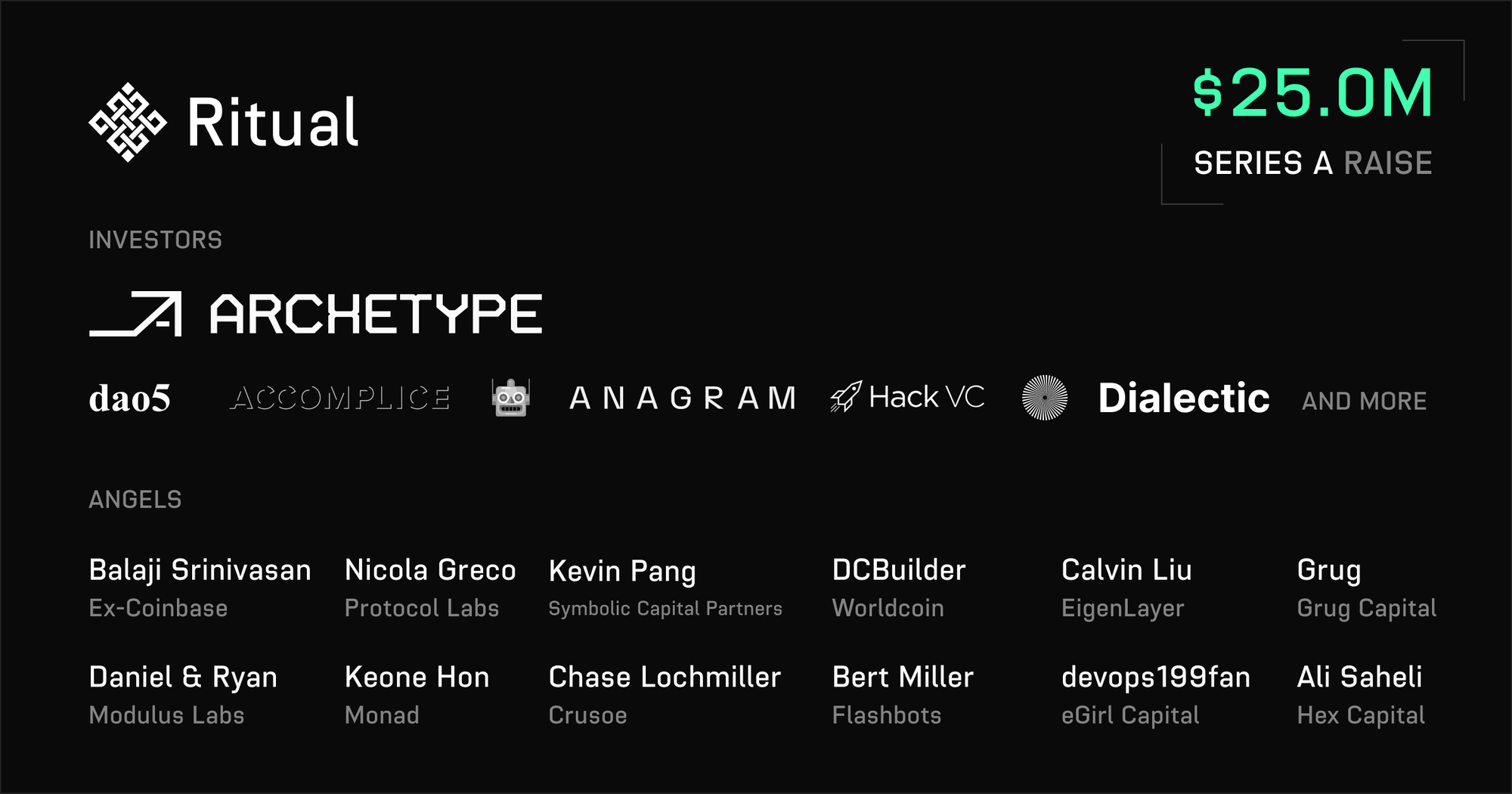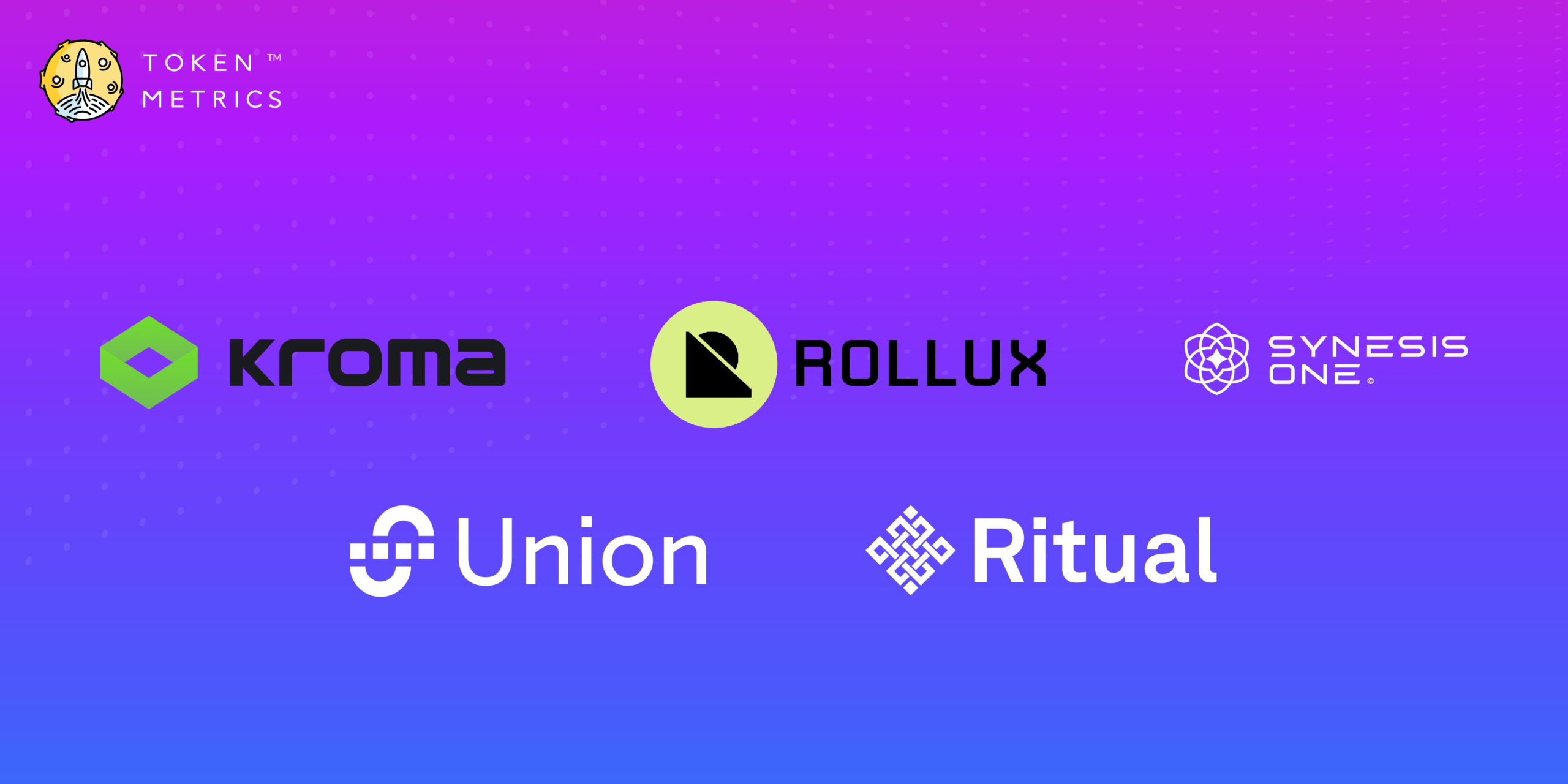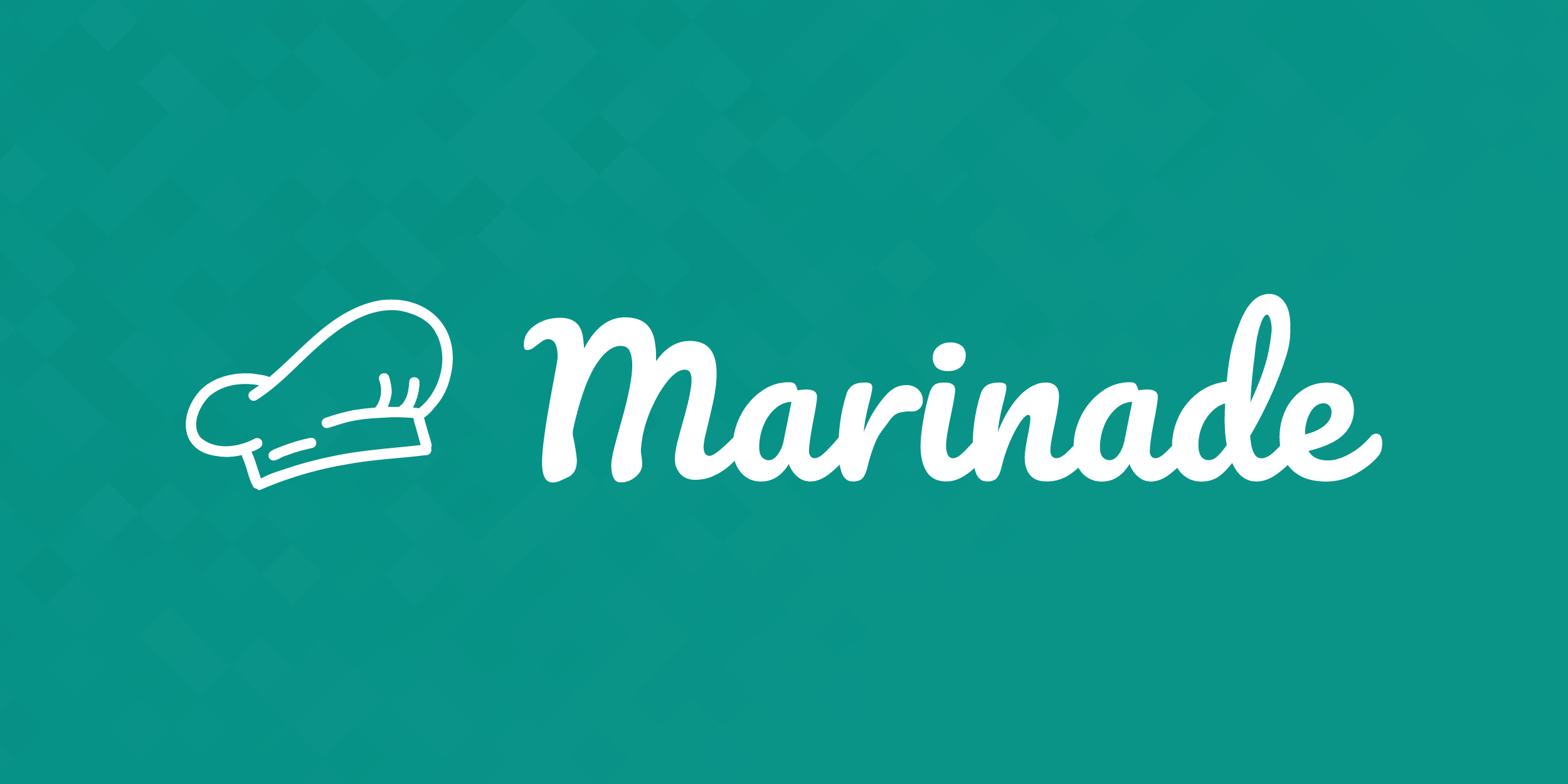TOKEN METRICS WATCHLIST
We scored many projects this week. Here are a few you should know about:
- Kroma
- Rollux
- Synesis One
- Union
- Ritual AI
Please remember that some of these projects must still be subjected to our code review process. Still, we want to call them out here for preliminarily catching our eye based on our fundamental analysis process.
Kroma- 64.58%
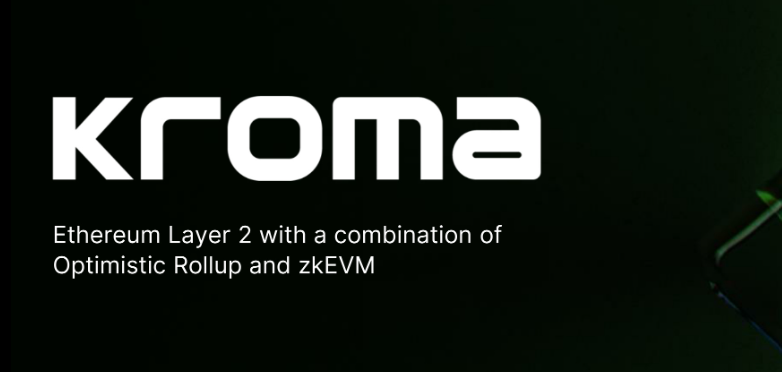
Website | X(Twitter)
Status – Not yet active
Sector- Blockchain/Gaming
Kroma is focused on creating a universal ZK Rollup utilizing the Optimism Bedrock architecture. Currently, Kroma functions as an Optimistic Rollup with ZK fault proofs, leveraging a zkEVM based on Scroll. The ultimate objective of Kroma is to migrate to a ZK Rollup model as the generation of ZK proofs becomes more cost-effective and expedient.
Kroma provides transaction fees that are ten times lower than those of Ethereum, along with native Ethereum security and EVM equivalence. Their strategic roadmap for transitioning from an Optimistic Rollup to a ZK Rollup distinguishes Kroma from other Layer 2 networks.
Features
- Hybrid Rollups: Kroma combines Optimistic Rollup with ZK fault proofs, using zkEVM based on Scroll for efficient operation now and a planned transition to a full ZK Rollup model. This strategy aims for faster transactions and lower ZK-proof costs as technology improves.
- Security Council: A key feature of the Security Council is enhancing security and upgrading L1 and L2 contracts through diverse organizational governance.
- Kroma Guardian House (KGH) NFTs: Kroma Guardian House (KGH) allows NFT holders to stake assets with validators, incentivizing both parties for network security and financial gain.
- Security and Decentralization: Kroma’s focus on security includes ongoing audits and a permissionless validation system, aligning with crypto’s decentralized ethos.
- Support: Kroma is dedicated to supporting developers, whether migrating from other blockchain networks or starting a new project. We offer comprehensive assistance, including providing SDKs and support with legal and operational matters, ensuring a smooth experience for those building on our platform.
- Fast transactions: Kroma’s roadmap includes transitioning into an EVM-equivalent ZK Rollup, aiming to reduce finalization time to under one hour. Leveraging ZK trie as our data structure, they plan to seamlessly transition from Optimistic Rollup to ZK Rollup without encountering obstacles.
Token
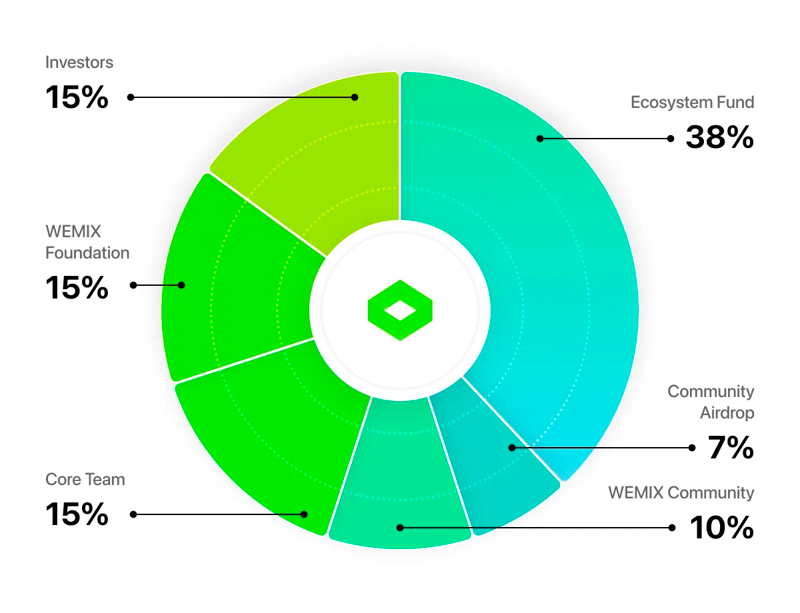
Kroma has a total token supply of 50,000,000 $KRO. The core concept behind Kroma is to align network growth with the value of its native token, $KRO, establishing a strong correlation between the network’s value and the token’s value. $KRO is used for staking and rewards. Network fees, generated from gas fees paid by users within the Kroma Network, are distributed to Transaction Contributors (Tx Contributors) in the form of KRO and to KRO Stakers in the form of ETH. This mechanism incentivizes transaction activity and token holding, fostering a robust and interconnected ecosystem.
Rollux- 62.50%
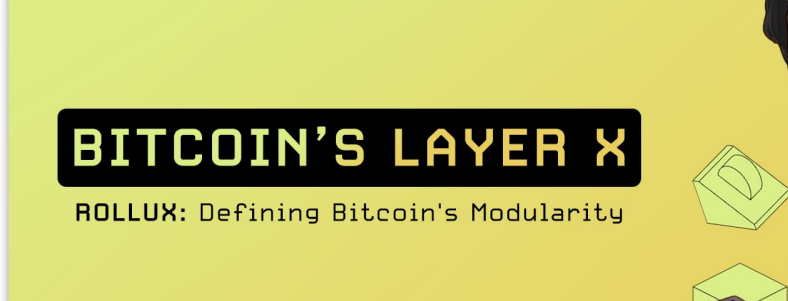
Website | X(Twitter)
Status – Not yet launched
Sector- Bitcoin L2
Rollux is an advanced EVM rollup platform that prioritizes security, scalability, and cost-effectiveness by leveraging Bitcoin’s Proof of Work (PoW) consensus mechanism. Tailored to seamlessly integrate with the Syscoin ecosystem, Rollux employs Layer 2 Rollups and the L1 Proof-of-Data Availability solution to achieve unparalleled speeds without compromising security or decentralization. Rollux facilitates near-instant transfers, contract deployments, and various other functions, all while benefiting from the security of the Bitcoin network.
Features
- Rollups – Rollux will initially operate as an Optimistic Rollup and integrate ZK-based rollups once Validity-proving technologies advance. The platform’s PoDA, the first in the industry, is designed to support all rollups, ensuring the security and performance required for future Web3 applications.
- Bitcoin Security – In terms of security, Rollux benefits from Bitcoin’s robust security by anchoring Syscoin to the base settlement layer. Syscoin, a dual-chain blockchain (EVM + UTXO), utilizes merge mining to access over 30% of Bitcoin’s security, with ongoing growth.
- Scalability – Rollux serves as Syscoin’s Layer 2, enhancing scalability to accommodate a wide range of potential use cases and setting the stage for widespread adoption. Offering unparalleled security, speed, decentralization, and cost-effectiveness for developers.
Rollux is developed by SYS Labs, leveraging the capabilities of Syscoin and utilizing $SYS as its fuel. Syscoin is the pioneer in implementing this critical scaling enhancement on its main net, marking it as the first Layer 1 solution to do so. Addressing data availability at the base layer is imperative for maximizing the scalability potential that rollups aim to provide.
Synesis One- 62.50%
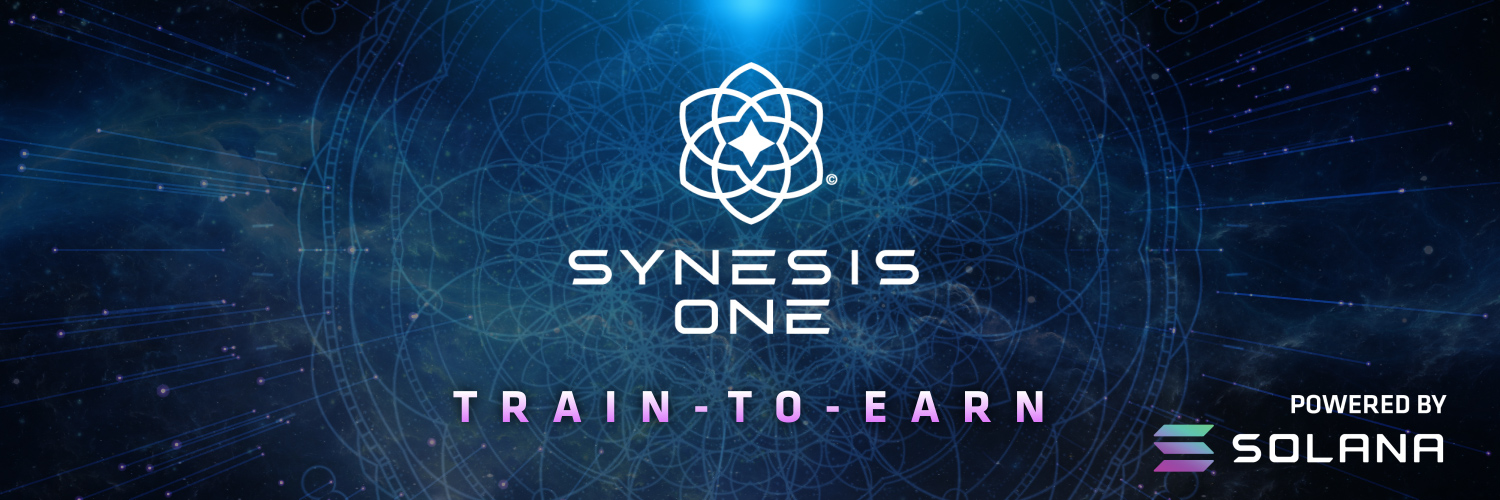
Website | X(Twitter)
Status – Active
Sector- DePin/AI
Synesis One is a community-powered data crowdsourcing platform where individuals can earn $SNS by completing micro-tasks aimed at AI training. The platform is designed with a governance system that grants stakeholders a voice in shaping its development, ensuring alignment with community values. The vision is to establish a Distributed Autonomous Organization that not only rewards community members but also amplifies user voices, safeguards individual privacy, and democratizes access to the advantages of AI for the betterment of all humanity. This vision reflects the shared belief in a world where these values are upheld, motivating collective efforts to realize this goal.
The platform begins its journey by collaborating with Mind AI, evolving into a comprehensive modular data aggregation and monetization platform open to any AI system needing crowdsourced data. Once fully operational, Synesis One will operate as a censorship-resistant system, meaning any single entity cannot halt it; decentralized, with no central control; permissionless, allowing access to anyone; and secure, ensuring that anyone can verify transactions.
Users can select a campaign, contribute raw data, data labeling, or data annotation, and earn cryptocurrency. By owning a Kanon NFT, users can also receive passive rewards each time Mind AI clients utilize their unique words. The protocol is constructed on the Solana blockchain.
Token
Synesis One employs a dual-token economic system:
$SNS- $SNS functions as a right to participate and vote within SynesisDAO, empowering token holders to influence the platform’s future. $SNS holders can propose and vote on new features, languages, digital artists, and the release of new Kanon collections. Additionally, $SNS holders can shape the growth of Synesis One by voting on the priority of ontological bounties or upper-level ethical ontologies. This community-powered governance ensures that proposals benefit the ecosystem.
Kanon – Kanon, on the other hand, serves as a collectible asset with a reward, providing a medium of exchange on the Kanon Exchange. It also presents an ownership of the Web 3 data utility.
Where can you buy the token?
You can buy $SNS from exchanges like XT.COM, Orca and HTX
Union- 60.42%

Website | X(Twitter)
Status – Not yet launched
Sector- Interoperability
Union is an interoperability layer designed to address the sovereign bridging trilemma. The Union network is a zero-knowledge infrastructure layer for various functions, including general message passing, asset transfers, NFTs, and DeFi applications. Built on consensus verification, Union operates without dependencies on trusted third parties, oracles, multi-signatures, or MPC. The network utilizes advanced Zero-Knowledge Cryptography and BLS signatures to implement what is claimed to be the fastest and most secure inter-blockchain communication protocol, IBC, across different blockchain environments.
- Trustless – Union prioritizes a trustless approach by implementing robust consensus verification, ensuring the security guarantees of its inter-blockchain communication (IBC) protocol. the bridging transactions are settled quickly.
- Decentralization – It maintains a decentralized approach through CometBLS’s efficient prover, enabling proof generation by any participant rather than relying on centralized institutions. Voyager lets Union integrate any network without any support.
- Permissionless- Union’s infrastructure is permissionless, allowing for the establishment of sovereign connections to new networks by anyone interested in participating in the ecosystem. Galosis, an interoperability layer, lets anyone generate proofs on a phone.
Union has partnered with Scroll and Canto to become its fully trustless, decentralized, hyper-efficient zkIBC bridge, fueling their growth.
Investors
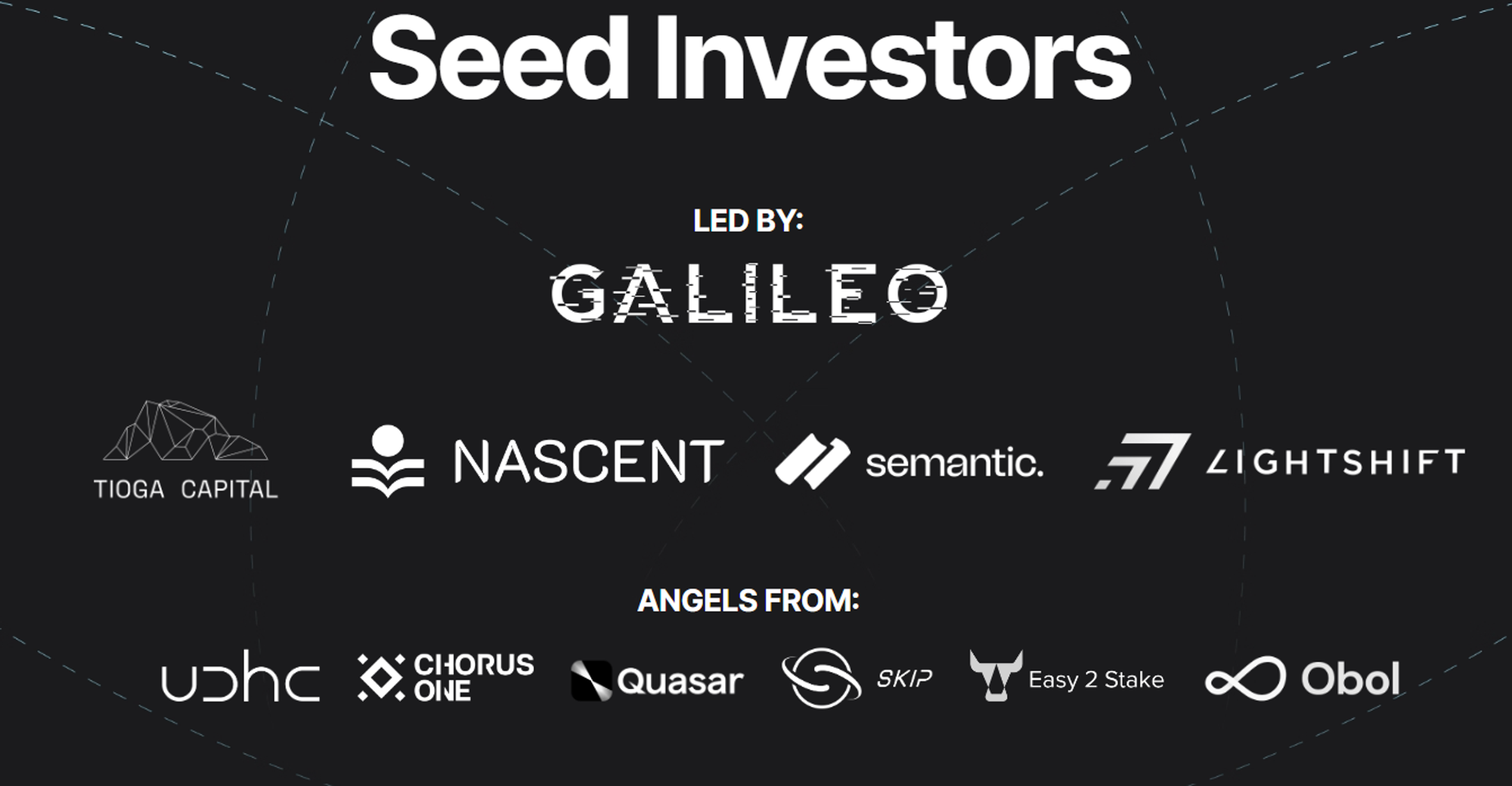
Ritual AI- 60.42%
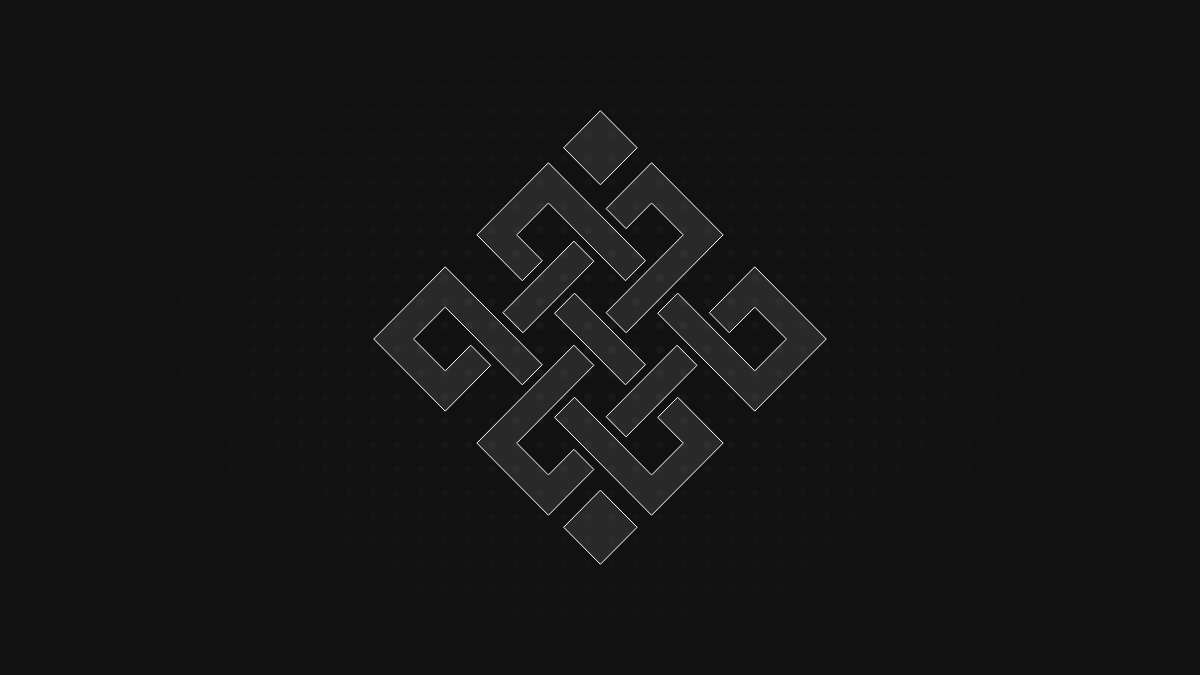
Website | X(Twitter)
Status – Not yet launched
Sector- Artificial Intelligence
Ritual is positioned as the network for open AI infrastructure, offering an open and sovereign execution layer for AI applications. It enables seamless integration of AI into various apps or protocols on any blockchain, empowering users to earn and perform inference on models. The vision for Ritual is to emerge as the focal point of AI in the web3 ecosystem by evolving Internet into a modular suite of execution layers that can interoperate with other base layer infrastructure. This would allow every protocol and application on any blockchain to utilize Ritual as an AI coprocessor.
Features
- Sovereign Execution Layer – The Sovereign Execution Layer offered by Ritual allows for seamless integration of AI models into protocols with just a few lines of code. Users can leverage cryptographic schemes to integrate with the platform and earn from or produce inferences. Ritual’s SDK is touted as the easiest, fastest, and most reliable method for integrating AI into decentralized applications.
- Decentralized AI – Ritual emphasizes decentralized AI, offering a censorship-resistant platform where anyone can participate in the ecosystem. The models within the platform are openly accessible, and privacy is enhanced through lightweight statistical and cryptographic schemes without compromising quality for users.
- Proof Verification – The platform ensures complete verifiability, providing users with assurance regarding results from actual models. Users can conduct proofs for models of any size, including classical and foundational AI models, and verify the computational integrity.
Investors
